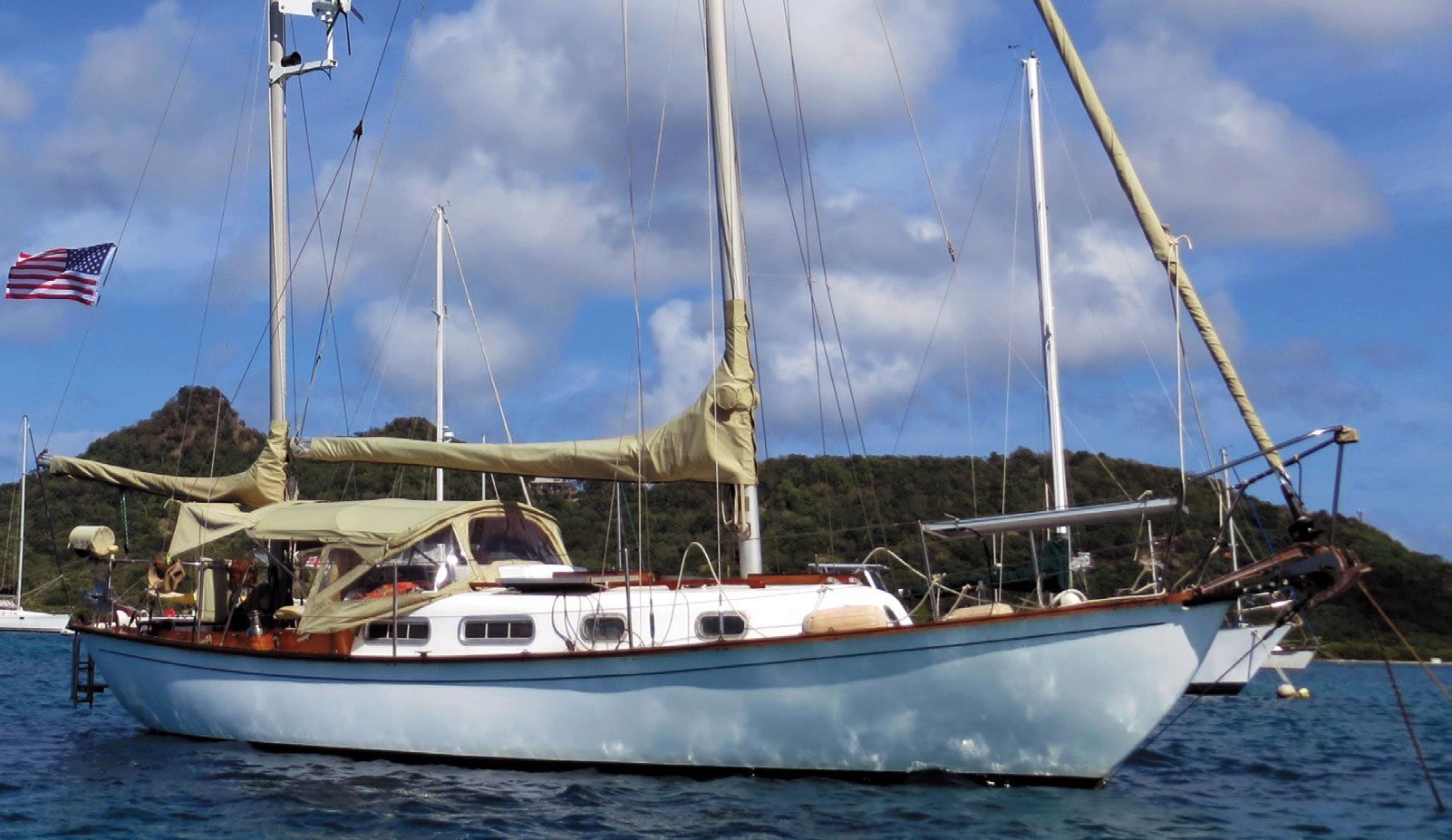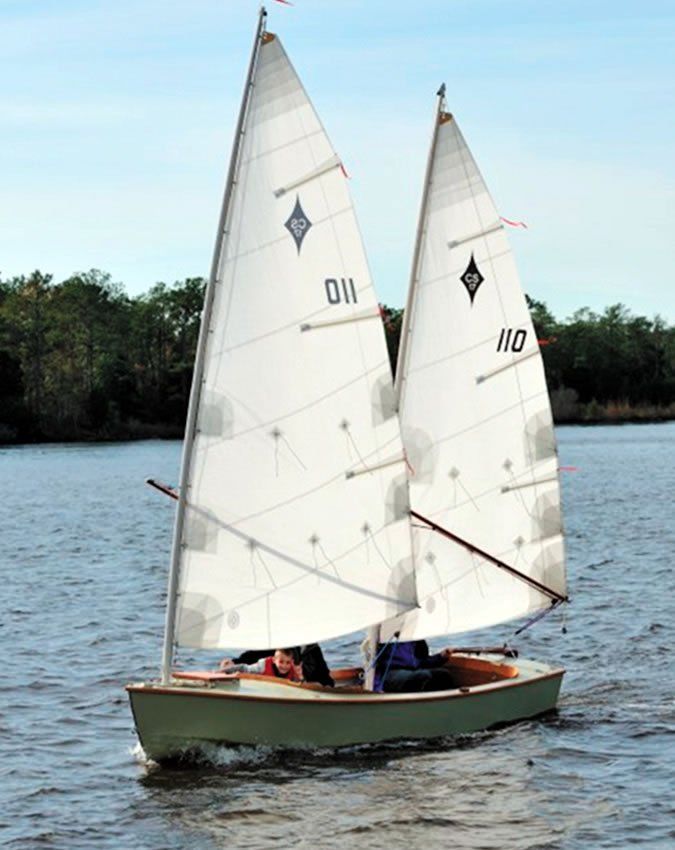Seawind Treasure Trove
Seakindly with sweet lines and good bones, the 30-foot Allied Seawind remains for me the benchmark of a good small bluewater sailboat. Designed by Thomas Gilmer and launched in 1960, 161 of these sturdy vessels were produced by the end of the run in 1973. That was the same year I bought my own Seawind, hull #122, built in 1969. I had no idea at the time that I would still be sailing the same boat 44 years later.

Photo courtesy of Don Casey
The very next year a dozen plus Seawind owners formed the Seawind Sailors of Southeastern New England, which morphed into the Seawind Association in 1976. I saw a published notice when it became the Seawind Owners Association in 1979, but failed to join until 1991. By then, the Association had been gathering individual boat information and generating periodic newsletters detailing verified solutions and clever enhancements for 15 years.
Eventually, including all but 50 boats as members, SOA remained active through the 90s, but dwindling participation and the absence of an internet presence led to dissolution by 2002. Owners looking for an association found it with the online Seawind II Owners Association (AlliedSeawindII.org). However, the old SOA files, a treasure trove for Seawind owners, eventually came into my possession for safekeeping.
Unfortunately, in the top of my closet they are of no more value to other owners than if they had been discarded. So I have scanned them into .pdf and .jpg format–every membership form, every correspondence, every newsletter, every sketch and every photo. Any Seawind owner out there can email me at boatwrite@earthlink.net and I will be happy to share all of this fascinating history and guidance via DVD.
Don Casey
Author of This Old Boat, and The Complete Illustrated Sailboat
Maintenance Manual.
Kudos to Fisheries Supply
I contacted Fisheries Supply with a question on a dimension of the Armstrong Compression Deck Plates. Within an hour, Larry Butchart answered with conversational and accurate reply; he must have gotten the item off the shelf and measured it himself. When one of the plates arrived with a broken flange, he answered my email again within an hour and sent a new one on immediately, without requiring me to return the damaged item. I’m sure its a loss for them as the box wasn’t damaged, but such service means they’ll get my business again.
Scott Dufour
1979 Pearson 10m, Moon River
Mystic, CT
Only Two Curses?
I was disappointed to see that Ralph teaches only two curses on weather for sailors. I can think of many more and would be happy to volunteer some if needed!
David Coit
New York, NY
Curses! That was of course, supposed to be courses. For more information on Ralphs other courses see www.annepolisschoolofseamanship.com.
Climate Change query
Regarding your recent Inside Practical blog post Whats the Probability? Weather Rock Stars Convene I am a retired hydrologist who has done extensive research on the facts behind the so-called climate change crisis. Unfortunately, the political rhetoric is the only thing that has become more extreme. Data from NOAA and the University of Alabama Huntsville Extreme Weather center and others have not shown any uptick in either intensity or frequency of weather events locally or worldwide.
David Moran
J46
Camas, WA
The vague lead sentence in the blog post, which was announcing an upcoming weather seminar featuring our technical editor Ralph Naranjo, has been changed to be more technically accurate. We’ve also added links to a new statistical analysis of historical trends for North Atlantic storms and to current research on how climate change might impact weather patterns on the high seas.
Paints For Plastic Boats
Regarding your recent article on paints for plastic boats (see Which Bottom Paint for a Watertender? PS, February 2018) I have found MDR Bottom Paint to be very effective. I originally bought it for my Walker Bay but used it on my West Marine Watertender last summer and it worked very well, actually better on the Watertender than on the Walker Bay the year before. I leave my dinghy at the dock from May through October (Narragansett Bay) and only use it to go back and forth to my mooring, so it is in the water for six months. Very little growth on the bottom. It’s expensive at $50 a quart, but a quart will last at least two seasons.
Joe Fischgrund
Wind Ho Cape Dory 27
Wickford, Rhode Island


































